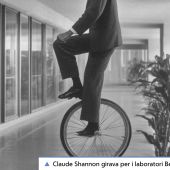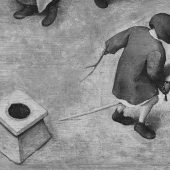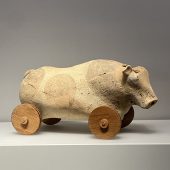Cinema of attractions as de facto ethnographic film… the actualities captured royalty, children, native cultures, everyday life, urban panoramas.
The cinema provided its own logic of the spectacle: whatever it captured became an attraction by virtue of being filmed (51).
By the centenary of cinema in 1995, the great wealth of early cinema had begun to be available on video. In its new incarnation, it has become a kind of optical unconscious of modern culture. Whereas the avant-garde of the 1960s and 1970s used techniques such as optical printing, loop printing, and reversals to mediate the imagery of early cinema, on video, the films are already “found” and subject to extensive manipulation. The grain of the electronic image, and indeed the intervention of a machine that was not even imaginable at the turn of the century, places these small texts at one remove. It enables us to see how people saw as well as what they saw, historicizing the medium of representation along with its contents. This doubleness is the allegorical potential of experimental ethnography; the referent is retrieved from the memory of the technology for which it was once exhibited. Actualities, seen as fieldwork, designate moments in historical time when bodies encountered machines (52).
Catherine Russell 1999, Experimental Ethnography: the work of film in the age of video, Durham: Duke University Press.



